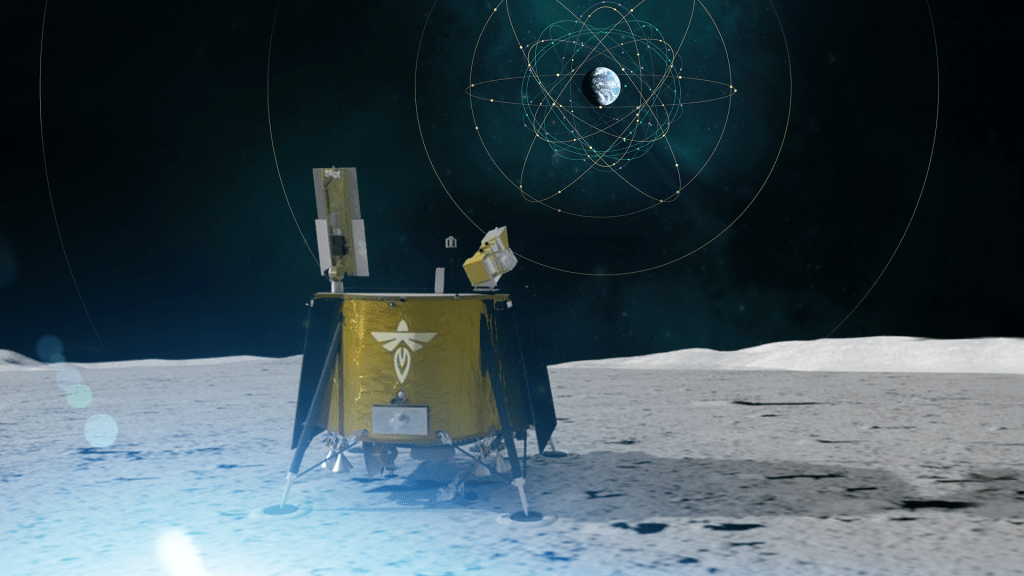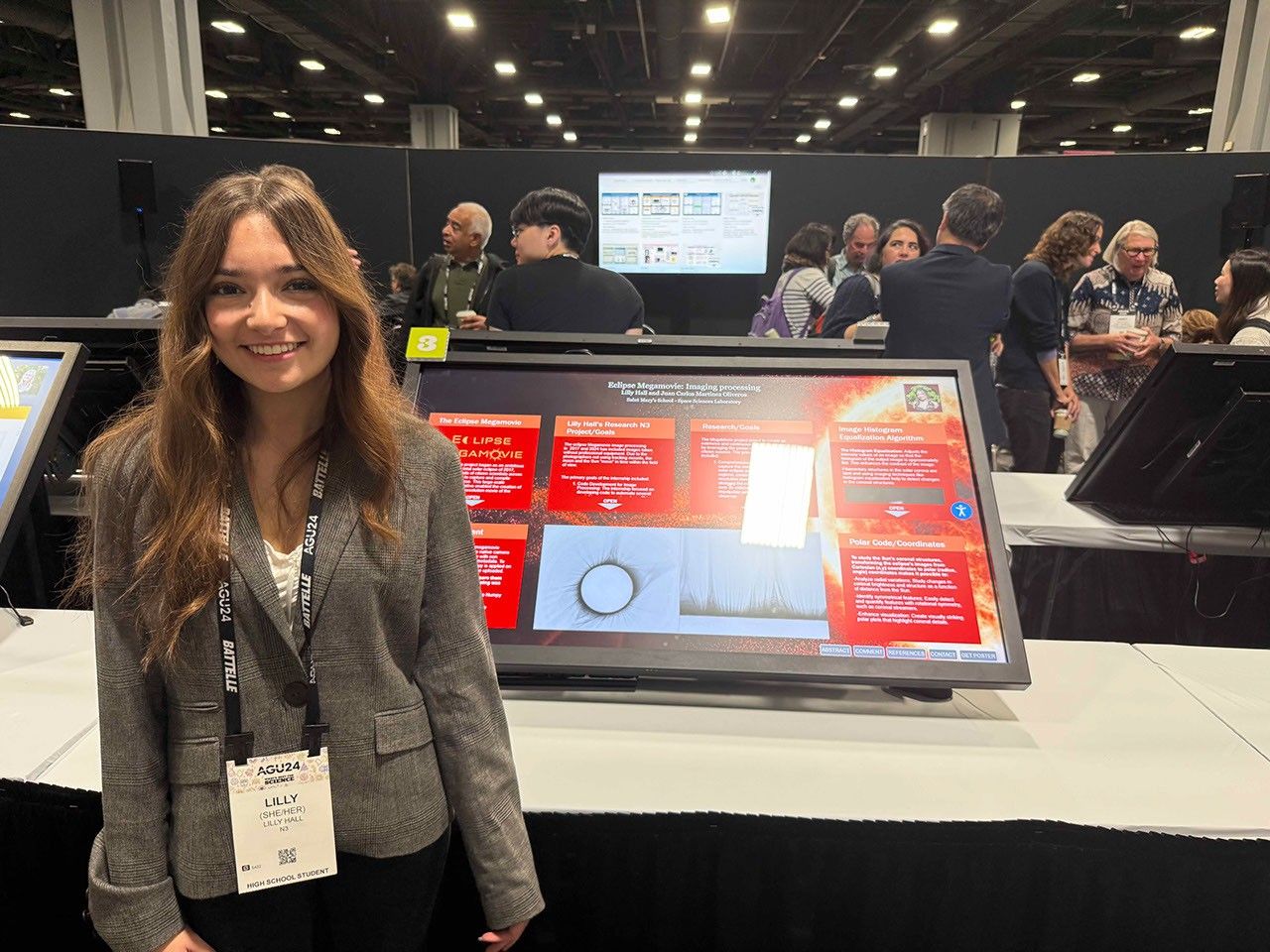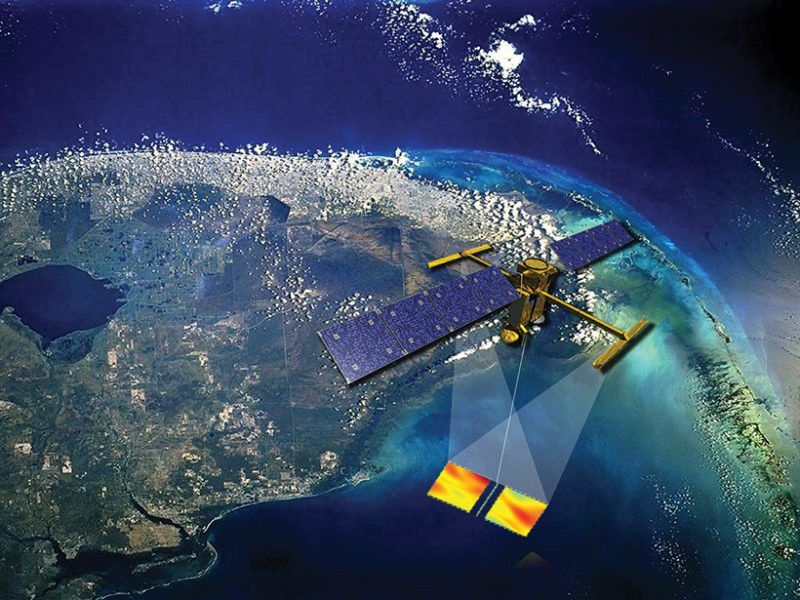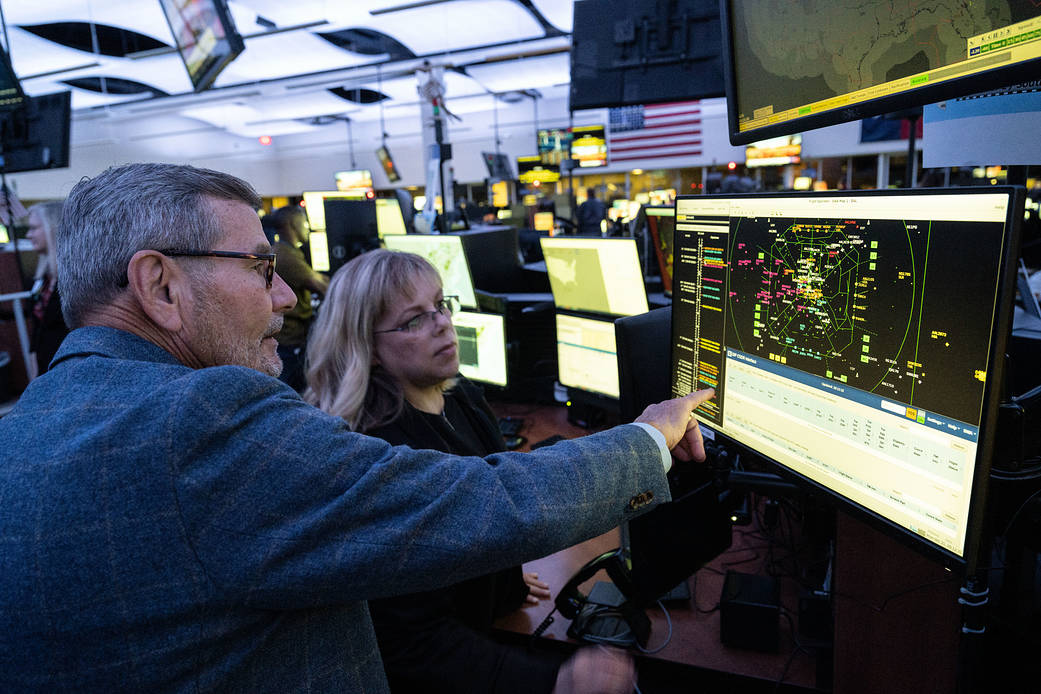NASA recently signed agreements with five major U.S. airlines to continue developing an air traffic decision-making tool that saved more than 24,000 pounds of jet fuel in 2022 for flights departing from Dallas-Fort Worth International Airport and Dallas Love Field Airport.
Over 2022, NASA’s Digital Information Platform (DIP) machine-learning tool allowed flight coordinators at the two Dallas airports with capabilities to reduce delays and save fuel. Using traffic predictions from the DIP-developed Collaborative Digital Departure Reroute (CDDR) tool, they were able to identify opportunities of more efficient, alternative takeoff routes, which reduced delays and saved fuel.
Now, DIP tools will be put to work with five new partner airlines:
- American Airlines
- Delta Air Lines
- JetBlue Airways
- Southwest Airlines
- United Airlines
Under five-year NASA Space Act Agreements with these airlines, DIP researchers working with the Federal Aviation Administration (FAA) will test a cloud-computing-based version of the CDDR tool.
CDDR aims to improve current air traffic operations at commercial airports by integrating air traffic and airspace restriction data from the FAA with flight-specific surface traffic data from the five airlines and two airports. The tool applies machine learning to this data in order to provide traffic predictions about future runway availability and estimated departure and arrival times.
All five airlines will collaborate with NASA to continue maturing the CDDR tool and identify additional opportunities to apply data-driven solutions that can improve flight planning and replanning operations.
“The abundance of digital aviation data provides opportunities for flight operators and air traffic controllers to achieve more sustainable operations,” said Dr. Gilbert Wu, DIP team lead at NASA’s Ames Research Center in California’s Silicon Valley. “Collaboration with airline partners allows the DIP team to identify these opportunities and apply state-of-the-art technical approaches such as CDDR for an operational demo that shows real-world benefits. If you fly out of the Dallas-Fort Worth International Airport or the Dallas Love Field Airport on any day, your flight may get off the surface faster or fly to your destination sooner because of CDDR.”
To kick off the partnerships, the DIP team recently held an in-person meeting with the airline partners at Dallas-Fort Worth International Airport. Richard Wahls, mission integration manager for the Sustainable Flight National Partnership at NASA Headquarters in Washington, shared the agency’s vision for the partnership. Airline partners observed CDDR in action and listened to field users’ feedback on how the tool realizes operational benefits and improves situational awareness.
The NASA DIP team aims to continue to demonstrate the benefits of CDDR at major airports throughout the country and with multiple airlines, in collaboration with the FAA. This digital tool is designed to be scalable and adaptable across airspaces, and can be adopted by many different users, including cargo and commercial flight operators.
CDDR builds on the capabilities developed by NASA’s Airspace Technology Demonstration 2 project at Charlotte Douglas International Airport and Dallas-Fort Worth International Airport. The field evaluation at Charlotte Douglas saved more than 1 million gallons of jet fuel, 23.2 million pounds of carbon dioxide emissions, and more than 6,000 hours of engine run time from 2017-2021. The Airspace Technology Demonstration 2 project continues to run at Charlotte Douglas with FAA support.
However, the CDDR tool goes beyond the approach used by Airspace Technology Demonstration 2, incorporating machine-learning based predictive services, cloud-based infrastructure, and other innovations.
DIP is a subproject of NASA’s Air Traffic Management (ATM-X) project and is led out of Ames. DIP’s work and partnerships contribute to the agency’s Sustainable Flight National Partnership efforts.
Author: Hillary Smith, NASA’s Ames Research Center






























